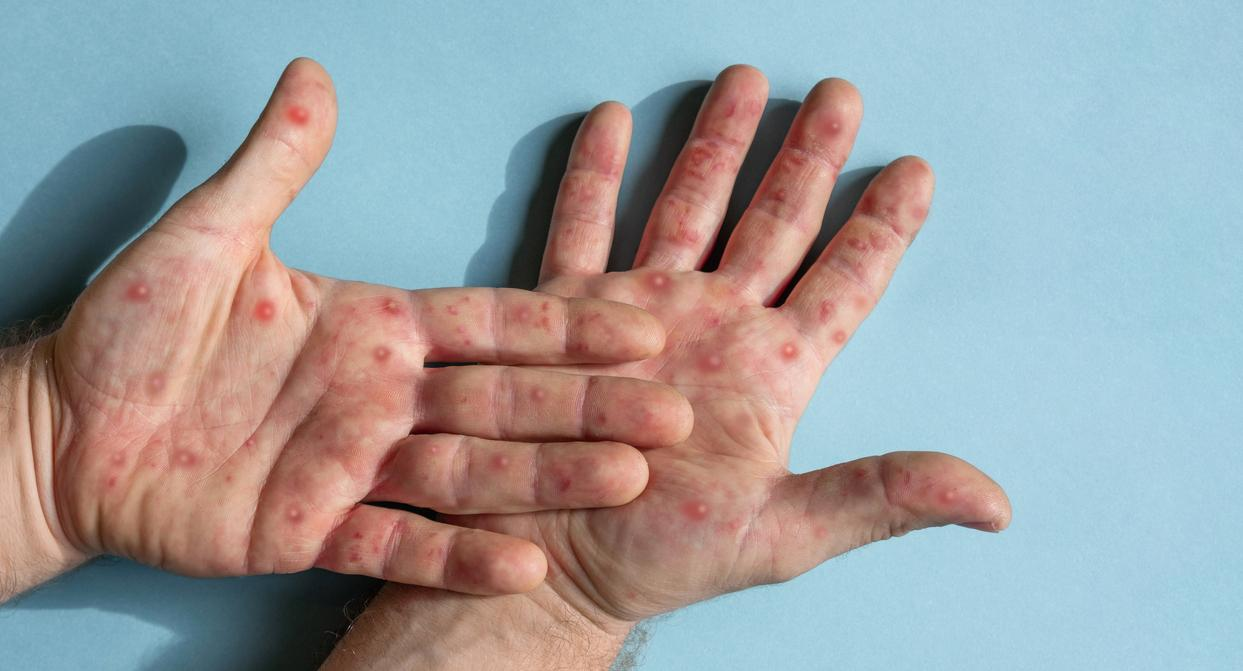 Flu activity continues to ebb nationwide, with rates of influenza-like illness (ILI) dropping further last week, but flu-related deaths in children climbed to 204, up 6 from the previous week, the Centers for Disease Control and Prevention (CDC) said in its weekly update today.
Flu activity continues to ebb nationwide, with rates of influenza-like illness (ILI) dropping further last week, but flu-related deaths in children climbed to 204, up 6 from the previous week, the Centers for Disease Control and Prevention (CDC) said in its weekly update today.
The percentage of outpatient visits for ILI, or respiratory illness, dipped slightly from 2.4% the previous week to 2.3% last week (see CDC graph at left). The number of patients hospitalized for flu dropped from 4,639 to 3,601.
Just one state, Rhode Island, reported high ILI activity, the same number as the previous week. In addition, one state reports moderate activity, down from two the previous week. Test positivity for flu has reached 5.6%, down from 6.7% the previous week. Hospitalizations and deaths are both down, but the cumulative hospitalization rate for this season—126.6 patients per 100,000 population—is the highest since the 2010-11 season.
The 204 pediatric deaths so far this season are just shy of the 207 deaths confirmed last season. Five of the new deaths in children were from influenza A and 1 from influenza B. All 3 deaths for which subtyping was performed were caused by the H1N1 strain.
COVID-19, RSV activity stays low
Meanwhile, COVID-19 levels remain low, according to CDC data updates today. Wastewater detections last week remained generally low except in Louisiana, which recorded high levels. The percentage of overall deaths that were caused by COVID last week stayed steady, at 0.7%, compared with 0.3% for flu.
The CDC's biweekly variant proportion update shows a slight rise in the LP.8.1 subvariant, which now causes 69% of infections. Another subvariant, LF.7.7.2, a descendent of FLiRT JN.1.16, is up a bit.
In its update on the three leading respiratory illnesses—flu, COVID, and respiratory syncytial virus (RSV)—the CDC notes that, nationally, flu (5.6%) and RSV (2.4%) test positivity declined, while COVID-19 (3.4%) stayed the same. Wastewater levels for influenza A and COVID-19 are low, while for RSV they remain very low.
.jpg)












